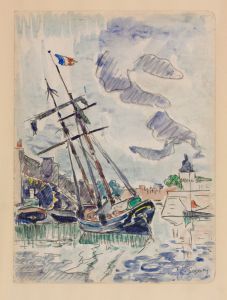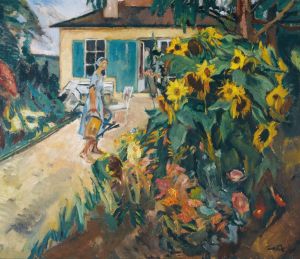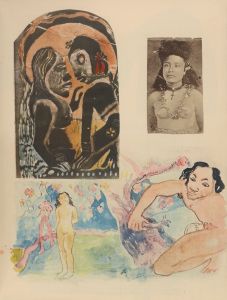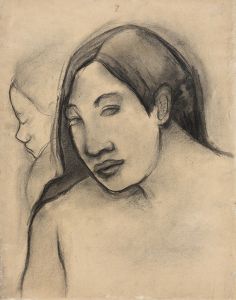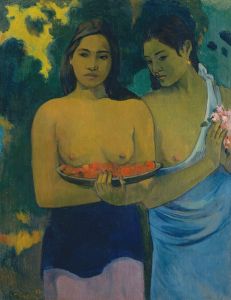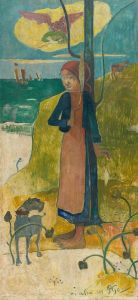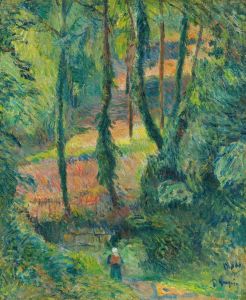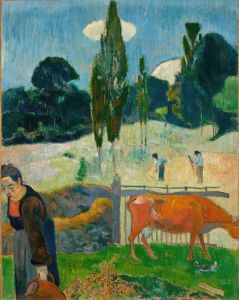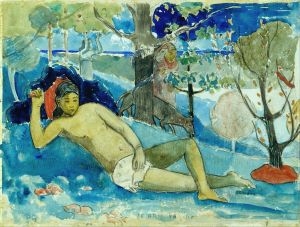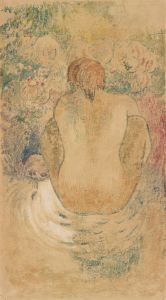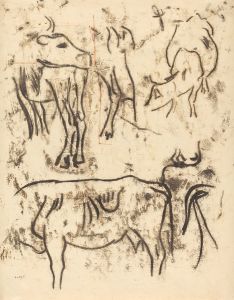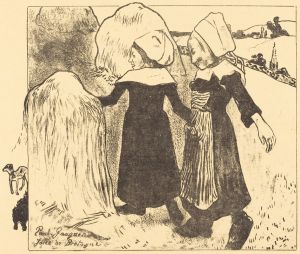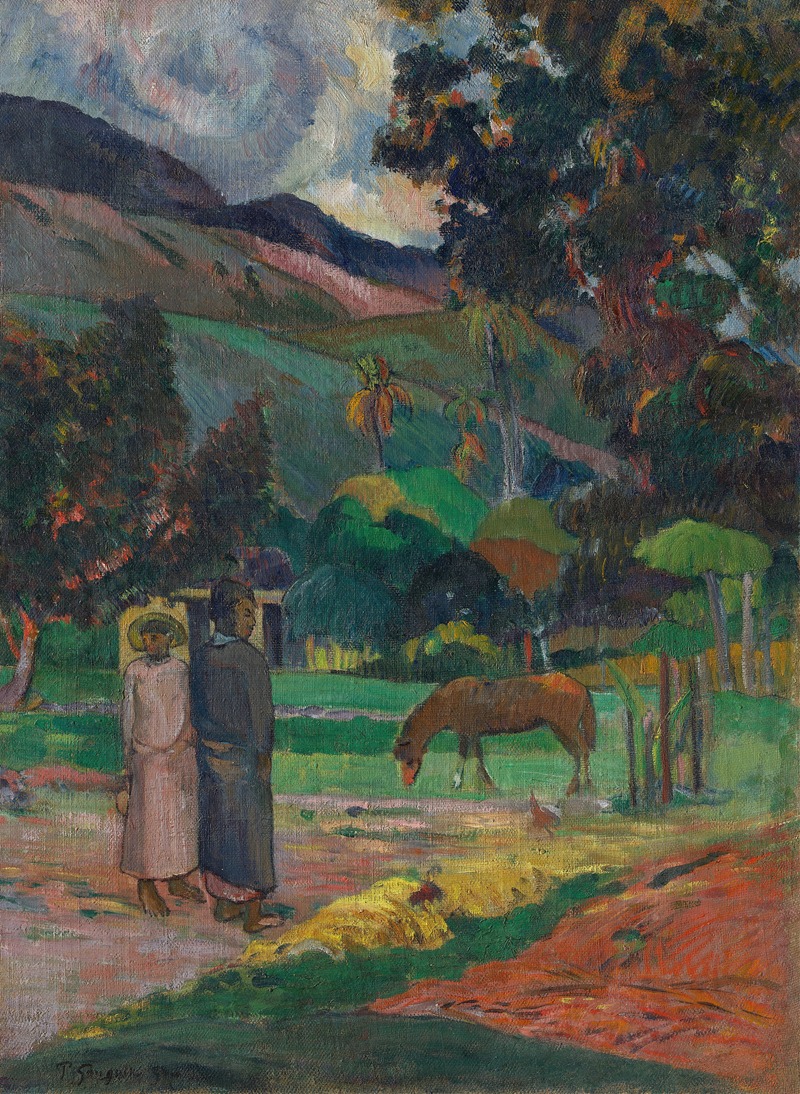
Tahitian Landscape
A hand-painted replica of Paul Gauguin’s masterpiece Tahitian Landscape, meticulously crafted by professional artists to capture the true essence of the original. Each piece is created with museum-quality canvas and rare mineral pigments, carefully painted by experienced artists with delicate brushstrokes and rich, layered colors to perfectly recreate the texture of the original artwork. Unlike machine-printed reproductions, this hand-painted version brings the painting to life, infused with the artist’s emotions and skill in every stroke. Whether for personal collection or home decoration, it instantly elevates the artistic atmosphere of any space.
Paul Gauguin's "Tahitian Landscape" is a notable work that reflects the artist's fascination with the exotic beauty and vibrant culture of Tahiti. Gauguin, a French post-impressionist artist, is renowned for his bold use of color and synthetist style that sought to express emotions and ideas rather than replicate reality. This painting is one of several that Gauguin created during his time in Tahiti, where he moved in 1891 in search of a more authentic and unspoiled environment than what he experienced in Europe.
"Tahitian Landscape" captures the lush and vivid scenery of the island, showcasing Gauguin's distinctive approach to color and form. The painting features a rich palette of greens, blues, and earthy tones, which are used to depict the tropical foliage, mountains, and sky. Gauguin's technique involves flat areas of color and bold outlines, a departure from the more detailed and realistic depictions of landscapes by his contemporaries. This approach emphasizes the emotional and symbolic aspects of the scene rather than a literal representation.
The composition of "Tahitian Landscape" is carefully structured, with a sense of harmony and balance that reflects Gauguin's interest in the spiritual and mystical aspects of nature. The painting often includes elements that suggest a connection between the land and the indigenous people of Tahiti, although the figures themselves may not always be present in the landscape. Gauguin was deeply influenced by the culture and mythology of the Tahitian people, and his works often incorporate motifs and symbols that he encountered during his stay.
Gauguin's time in Tahiti was marked by a desire to escape the constraints of Western society and to immerse himself in what he perceived as a more primal and pure way of life. This quest is evident in "Tahitian Landscape," where the artist's romanticized vision of the island is portrayed through his unique artistic lens. However, it is important to note that Gauguin's interpretation of Tahitian culture was often idealized and did not always accurately reflect the realities of the local people.
The painting is a testament to Gauguin's innovative style and his contribution to the post-impressionist movement. His work in Tahiti, including "Tahitian Landscape," had a significant impact on the development of modern art, influencing artists such as Pablo Picasso and Henri Matisse. Gauguin's exploration of color, form, and symbolism paved the way for future artistic movements that sought to break away from traditional techniques and embrace new ways of seeing and interpreting the world.
"Tahitian Landscape" remains an important piece in Gauguin's oeuvre, exemplifying his artistic vision and his enduring fascination with the exotic and the unknown. The painting continues to be studied and admired for its bold use of color and its ability to convey the artist's emotional and spiritual connection to the landscape of Tahiti.





